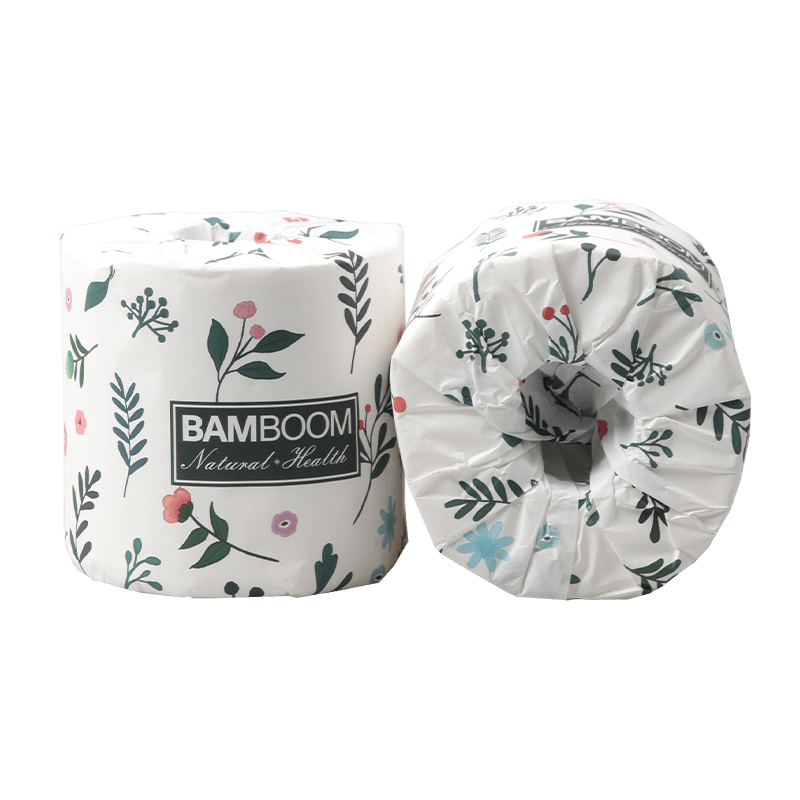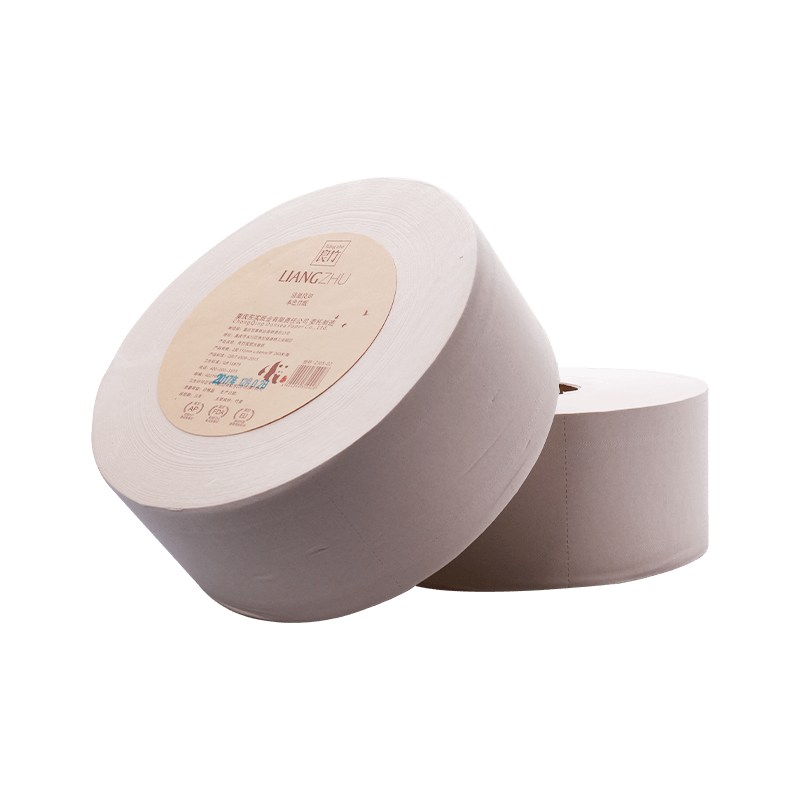Costs in Bamboo vs. Traditional Toilet Paper
The global market for toilet paper has recently seen an increase in the demand for sustainable alternatives, with bamboo toilet paper gaining popularity in addition to the traditional wood-pulp varieties. While both bamboo and wood-pulp toilet paper serve the same function, the differences in cost and environmental impact are considerable. An appreciation of the differences between bamboo and traditional toilet paper can help consumers make better purchases for their households.
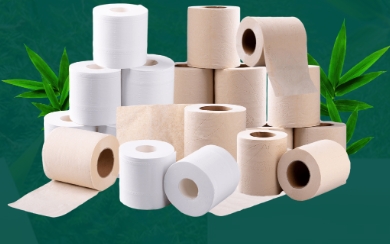
Understanding the Production Costs of Bamboo Toilet Paper
This chart highlights the production stages and key cost factors of bamboo toilet paper.
| Stage of Production | Description | Key Cost Contributors |
| Raw Material Acquisition | Harvesting bamboo stalks from sustainably managed plantations | Land management, harvesting labor, transport, sustainable sourcing |
| Bamboo Pulping Process | Converting bamboo into pulp using mechanical or chemical methods | Energy, labor, specialized machinery, chemical agents |
| Bleaching and Whitening | Removing color and impurities to produce soft, white paper | Eco-friendly chemicals (chlorine-free), water, energy |
| Sheet Formation and Rolling | Pressing bamboo pulp into thin sheets and rolling into toilet paper rolls | Machinery operation, labor, quality control, waste management |
| Cutting and Packaging | Cutting rolls to size and packaging for retail | Biodegradable packaging materials, labeling, labor, branding |
| Distribution and Logistics | Transporting finished products to warehouses and retail outlets | Fuel, storage, handling, shipping fees |

Understanding the Production Costs of Traditional Toilet Paper
This chart summarizes the major costs that are incurred throughout the production of traditional toilet paper.
| Stage of Production | Description | Key Cost Contributors |
| Raw Material Acquisition | Sourcing virgin wood pulp or recycled paper | Timber or recycled paper purchase, logging, transport |
| Pulping Process | Converting wood into pulp via mechanical or chemical methods | Energy, labor, chemical agents, machinery maintenance |
| Bleaching and Whitening | Removing color and impurities to produce soft, white paper | Chemicals (chlorine or chlorine-free), water, energy |
| Sheet Formation and Rolling | Pressing pulp into thin sheets and rolling into toilet paper rolls | Machinery operation, labor, quality control, waste management |
| Cutting and Packaging | Cutting rolls to size and packaging for retail | Packaging materials, labeling, labor, branding |
| Distribution and Logistics | Transporting finished products to warehouses and retail outlets | Fuel, storage, handling, shipping fees |
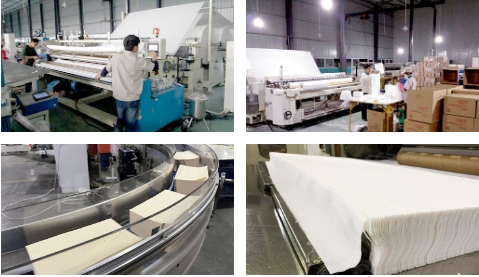
Comparison of Costs in Bamboo vs. Traditional Toilet Paper
Here’s a side-by-side chart comparing the cost factors of bamboo vs. traditional toilet paper
| Cost Component | Traditional Toilet Paper | Bamboo Toilet Paper |
| Raw Material Acquisition | Virgin wood pulp or recycled paper; logging and transport costs | Bamboo stalks from sustainable plantations; specialized harvesting and transport |
| Pulping Process | Mechanical or chemical pulping; established large-scale machinery | Mechanical or chemical pulping; requires specialized machinery for bamboo |
| Bleaching and Whitening | Chemicals (chlorine or alternatives), water, energy | Eco-friendly, chlorine-free chemicals; water and energy use slightly higher |
| Sheet Formation and Rolling | Pressing pulp into sheets and rolling; labor and machinery costs | Similar process; slightly higher labor due to smaller production scale |
| Cutting and Packaging | Standard packaging materials and labeling | Biodegradable or premium packaging; labor and branding add cost |
| Distribution and Logistics | Established supply chains, lower per-unit shipping cost | Often smaller production runs; shipping and logistics cost higher |
| Retail Price (Typical) | $0.50–$1.00 per roll; bulk buying reduces unit cost | $1.00–$2.00 per roll; bulk packages slightly lower per-roll cost |
| Usage Efficiency | May require more sheets per use | Thicker and stronger sheets can reduce the number of sheets used |
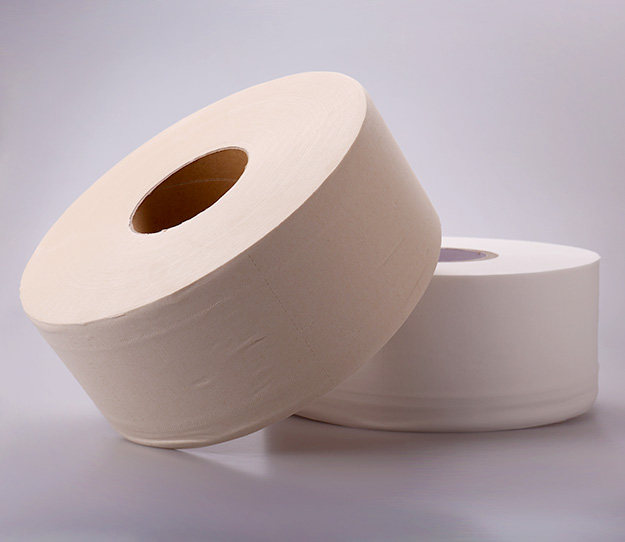
Environmental Cost Considerations for Bamboo and Traditional Toilet Paper
For toilet paper, environmental cost is the deforestation and disposal problem the product causes including the use of water, energy, and chemicals, and the emission of carbon. Although traditional toilet paper is the market restroom staple, bamboo options are becoming the deforestation and resource-sustainable alternatives.
1. Deforestation and Resource Use
The custom for traditional toilet paper is the use of wood pulp from deforestation for hardwood timber. Old growth deforestation and the reduction of timber carbon sinks contribute to biodiversity loss. Even recycled paper use contrails mismanagement of supply deficits with new timber demand for fully paper that is wood recycled.
Unlike bamboo, which is a type of grass, matures within three to five years, it regenerates on its own without the need to replant, and requires less space to produce the same amount of pulp. The fast cultivation cycle diminishes the strain on forests and helps preserve the biodiversity of woodlands that would be clear-cut for toilet paper.
2. Water and Energy Consumption
The water consumption for the production of conventional toilet paper is significant. It is necessary to pulp wood fibres, bleach the paper, and wash the machines, which requires a lot of water. Given the amount of industrial processing necessary to convert wood into pliable, durable sheets, the production of toilet paper also involves a significant amount of energy consumption.
In the cultivation of bamboo toilet paper, water usage is generally less, as bamboo requires much less irrigation than trees. Nevertheless, the pulping and bleaching of bamboo, particularly for brands that are marketed as eco-friendly and chemical free, is still a highly energy consuming task. In total, the bamboo water footprint is lower, while the energy consumption during processing is roughly the same.
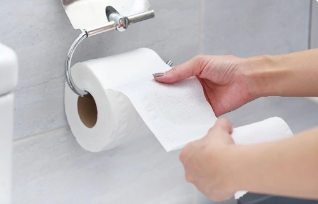
3. Chemical Usage and Pollution
Toilet paper can be a source of bleaching agents based on chlorine. The ubiquitous bright white colour of toilet paper and its chlorine bleaching agents can have nasty and potentially harmful consequences in the form of dioxins. Dioxins easily contaminate water bodies, affect aquatic life and pose a health risk to humans. Some manufacturers have adopted chlorine-free approaches while dioxins are still a major concern.
Bamboo toilet paper is marketed based on its eco-friendly processing. Bamboo is a cleaner alternative on the environmental toxicity and chemical runoff scale. The processing methods are chlorine-free, and oxidative bleaching is used.
4. Carbon Footprint and Transportation
The carbon footprint of toilet paper takes the sum of all emissions produced in the entire supply chain. The harvesting of slow-growing trees in toilet paper production costs significantly impacts the ecological balance. Efficiency gains in harvesting and transport are eroded by the ecological costs tied to the harvesting.
Transporting harvested bamboo to some places in Asia and exporting it to other parts of the globe can increase carbon emissions tied to transport. The increase in transport logistics is offset by bamboo’s renewability. Many bamboo companies offset some of their environmental impacts through the use of carbon neutral shipping and bamboo as well as carbon neutral shipping.
5. End-of-Life Considerations
Given that both bamboo and traditional toilet paper are biodegradable, differences in chemical processing can influence the rate of decomposition. Chlorine or chemical paper has the potential to release toxins during the decomposition phase, while bamboo paper, processed using more environmentally-friendly methods, is less likely to contribute to pollution. Composting and proper wastewater treatment are capable of alleviating the environmental impacts of both forms of paper.
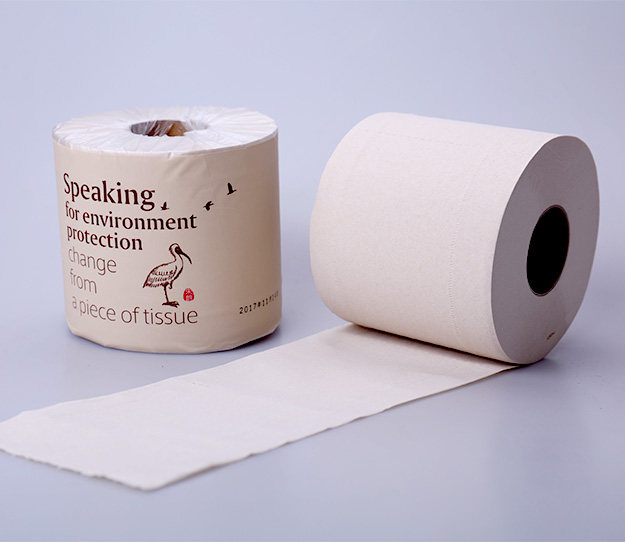
Market Trends and Consumer Behavior Impacting the Costs in Bamboo and Traditional Toilet Paper
In recent years, the growing environmental consciousness of consumers has impacted their purchasing decisions. Buyers have begun to consider sustainability as an additional factor along with pricing, comfort, and quality. This has contributed to the rise of the bamboo toilet paper niche, which is more expensive to produce. Traditional toilet paper has an established supply chain and is more affordable, convenient, and accessible.
1. Demand for Eco-Friendly Products
The increase in eco-conscious consumer behaviour demand is a result of competitive pricing and production of bamboo toilet paper. Companies are battling for consumer attention by using biodegradable and compostable packaging and chemical-free processing, which raises production costs. However, consumers will pay a premium for eco-friendly products, allowing for economies of scale, and operational efficiencies to be gained to subsequently decrease the price of the product.
Higher-volume production and well-established supply chains have made traditional toilet paper less environmentally friendly, but also cheaper and cost advantageous. However, changing consumer preferences, even if only slightly, are impacting demand for more sustainable options, and consequently targeting the more sustainable options has shifted pricing, promotion, and demand.
2. Consumer Awareness and Education
Consumer behaviour is more strongly shaped by consumer education than regulation. Consequently, the consumer marketing of products containing bamboo has grown due to its low environmental cost. As consumers become more aware of the eco-friendly alternatives to traditional toilet paper, bamboo has expanded its consumer base, allowing their products to remain in demand and high priced relative to their traditional competitors.
Traditional toilet paper made of recycled, eco-labeled products attempts to keep price-sensitive customers by marketing to the environmentally aware contrary consumer.
3. Subscription and Bulk Purchasing Trends
The increase of bulk buying trends in toilet paper have directly impacted demand for the more niche, premium bamboo toilet paper brand. The online subscription services have decreased the price per roll and have also centred convenience for consumers. This has also helped stabilise demand and lower production costs.
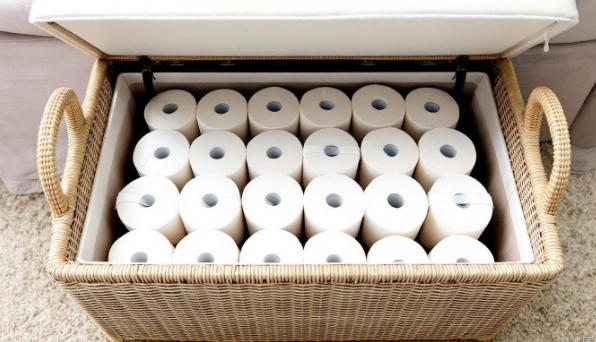
Bulk sales for traditional toilet paper are also advantageous, with supermarkets and wholesale clubs providing lower unit pricing. However, the lack of environmental concern with bulk purchases is primarily due to cost.
4. Brand Positioning and Marketing
Pricing is largely a function of perception. Bamboo toilet paper is typically advertised as a premium, eco-friendly alternative, which is why higher prices are demanded due to “sustainability” in addition to claims of softness, strength, and quality packaging. This perception sustains profitability for bamboo paper manufacturers despite elevated costs as eco-friendly products are produced.
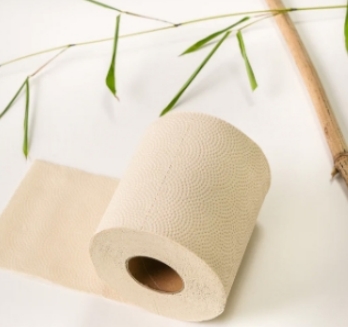
Most traditional toilet paper brands centre their image around reliability, comfort, and low price. Though these brands are targeting a more price-sensitive market, their loyal customer base and ubiquity help maintain volume and impede price increases, even with their low-focus sustainability practices.
5. Global Supply Chain Considerations
Bamboo is mostly grown and processed in Asia, and as such, shipped to the west which includes a complex shipping process. Increased shipping costs, tariffs and other logistical issues contribute to the high retail price. However, the high shipping costs are largely offset by the high demand for the product and the improved global supply chain in toilet paper.
Local and regional traditional toilet paper production is becoming more common as the demand shifts to practices which are more sustainable. This is due in part to the reduced supply chain costs and lower shipping costs, which usually improve demand and shift costs. This has the opposite effect on the production of traditional toilet paper which is becoming less sustainable.
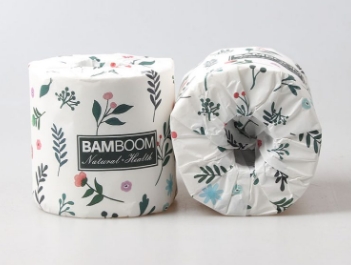
Final Thoughts
Although traditional toilet paper is less expensive on a per roll basis, bamboo toilet paper is more sustainable, more renewable, and may have lower usage per roll. Individuals focused on the initial expenditure may prefer conventional toilet paper. However, those focused on the durability and overall value that bamboo toilet paper provides may recognize the cost as justifiable.
In the end, the decision on whether to use bamboo toilet paper or traditional toilet paper will depend on the combination of the economic cost and the ecological cost, as well as individual comfort and softness preferences.

